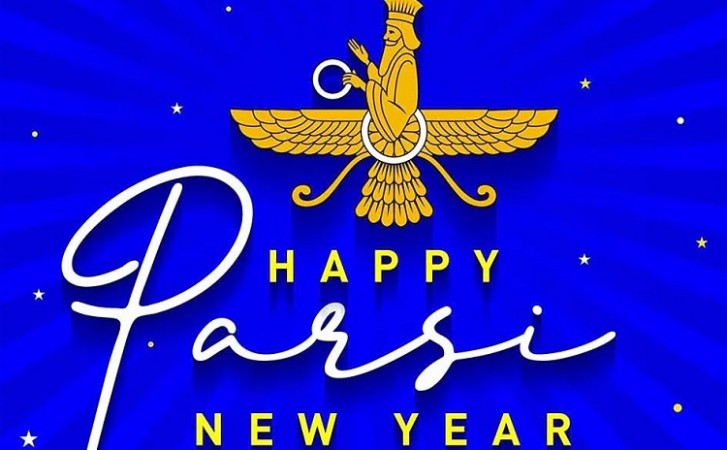
Parsi New Year, also known as Shahenshahi New Year, is a significant cultural and religious celebration observed by the Parsi community, primarily in India and around the world. Falling on August 16th, the day holds immense importance for Parsis as it marks the beginning of a new year according to the Shahenshahi calendar. This article delves into the essence of Parsi New Year, its origins, and the various customs and traditions associated with its celebration.
Origins and Significance: Parsi New Year traces its origins to ancient Persia, where it was celebrated as "Nawruz" or the Iranian New Year. The Parsi community, followers of the Zoroastrian faith, brought this tradition with them when they migrated to India to escape religious persecution in Persia. The significance of Parsi New Year lies in its representation of renewal, rejuvenation, and the triumph of good over evil. It is a day for Parsis to reflect on the past year's experiences, express gratitude, and set positive intentions for the year ahead.
Customs and Traditions: Jamshedi Navroz Feast- On Parsi New Year, families gather to partake in a sumptuous meal known as the "Jamshedi Navroz Feast." This feast includes a variety of traditional Parsi dishes that showcase the rich culinary heritage of the community. Delicacies such as "Patra ni Machi" (fish wrapped in banana leaves and steamed with coconut chutney), "Dhansak" (a lentil and meat stew), and various sweet treats are prepared and shared among family and friends.
Haft-Seen Table: Similar to the Persian Nawruz tradition, some Parsi households set up a "Haft-Seen" table, which is adorned with seven symbolic items that start with the letter "S" in the Persian language. These items often include "Sabzeh" (sprouted wheat or lentils), "Samanu" (a sweet pudding), and "Senjed" (dried oleaster fruit). The table serves as a visual representation of renewal and abundance.
Spring Cleaning: Prior to Parsi New Year, families engage in a thorough cleaning of their homes. This tradition symbolizes the removal of negativity and the welcoming of positive energies for the coming year.
Wearing New Clothes: It is customary for Parsis to wear new clothes on this day. People dress in their finest attire to signify a fresh start and a new beginning.
Visiting Fire Temples: Fire is a sacred element in the Zoroastrian faith. On Parsi New Year, many members of the community visit fire temples to offer prayers and seek blessings for the year ahead.
Exchanging Gifts and Greetings: Like any other festive occasion, Parsi New Year is a time for exchanging gifts and warm wishes. Friends and family members visit each other's homes, offering tokens of appreciation and sharing joy.
Community Celebrations: In many Parsi neighborhoods, community events and gatherings are organized to mark the occasion. These events often include cultural performances, music, and traditional dances.
Parsi New Year (Shahenshahi) is a cherished occasion that embodies the Parsi community's rich cultural heritage and spiritual beliefs. As Parsis come together on August 16th, they celebrate the dawn of a new year with gratitude, reflection, and hope. The customs and traditions associated with this day reflect the community's deep connection to its roots and its aspirations for a brighter future.